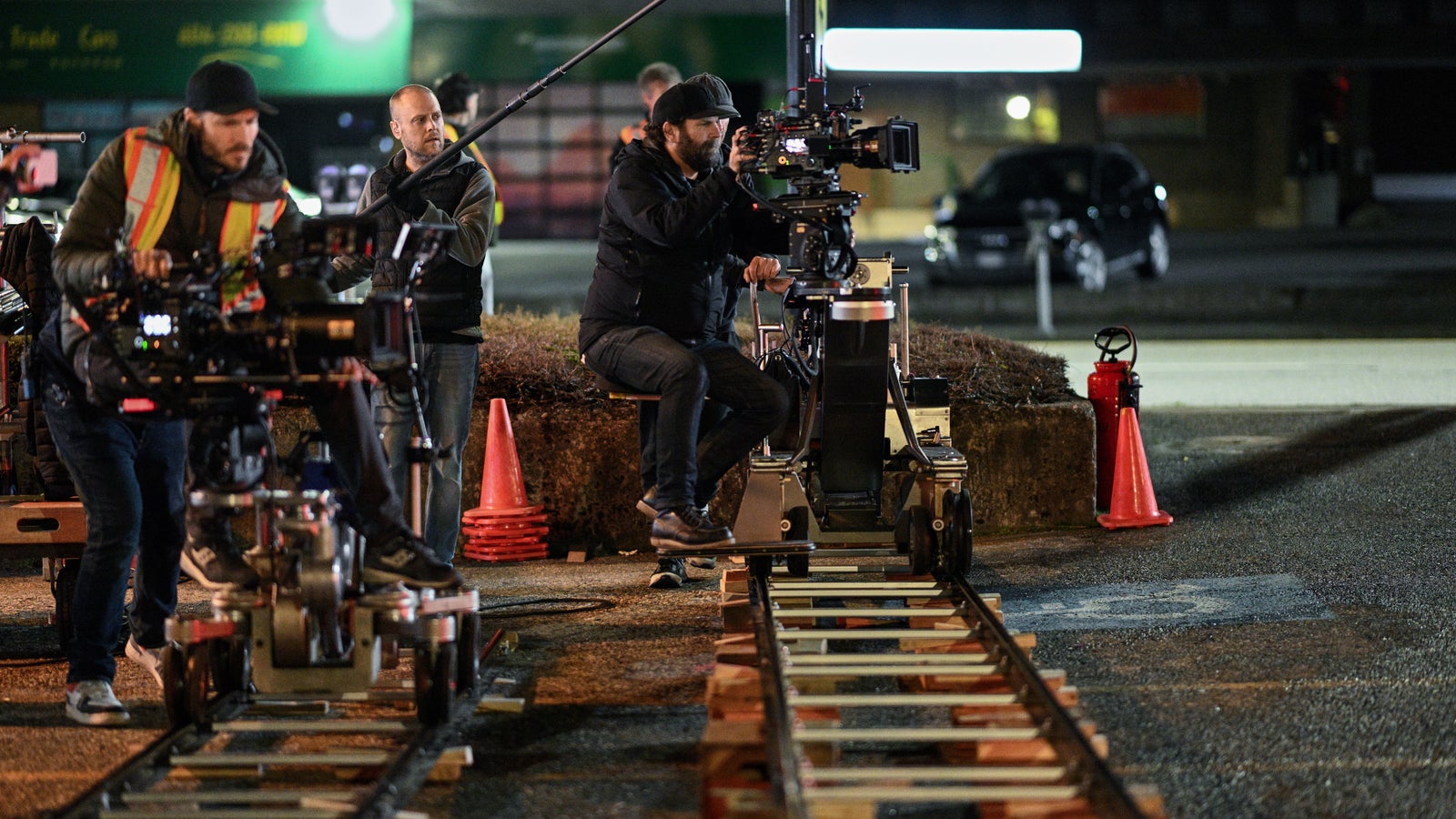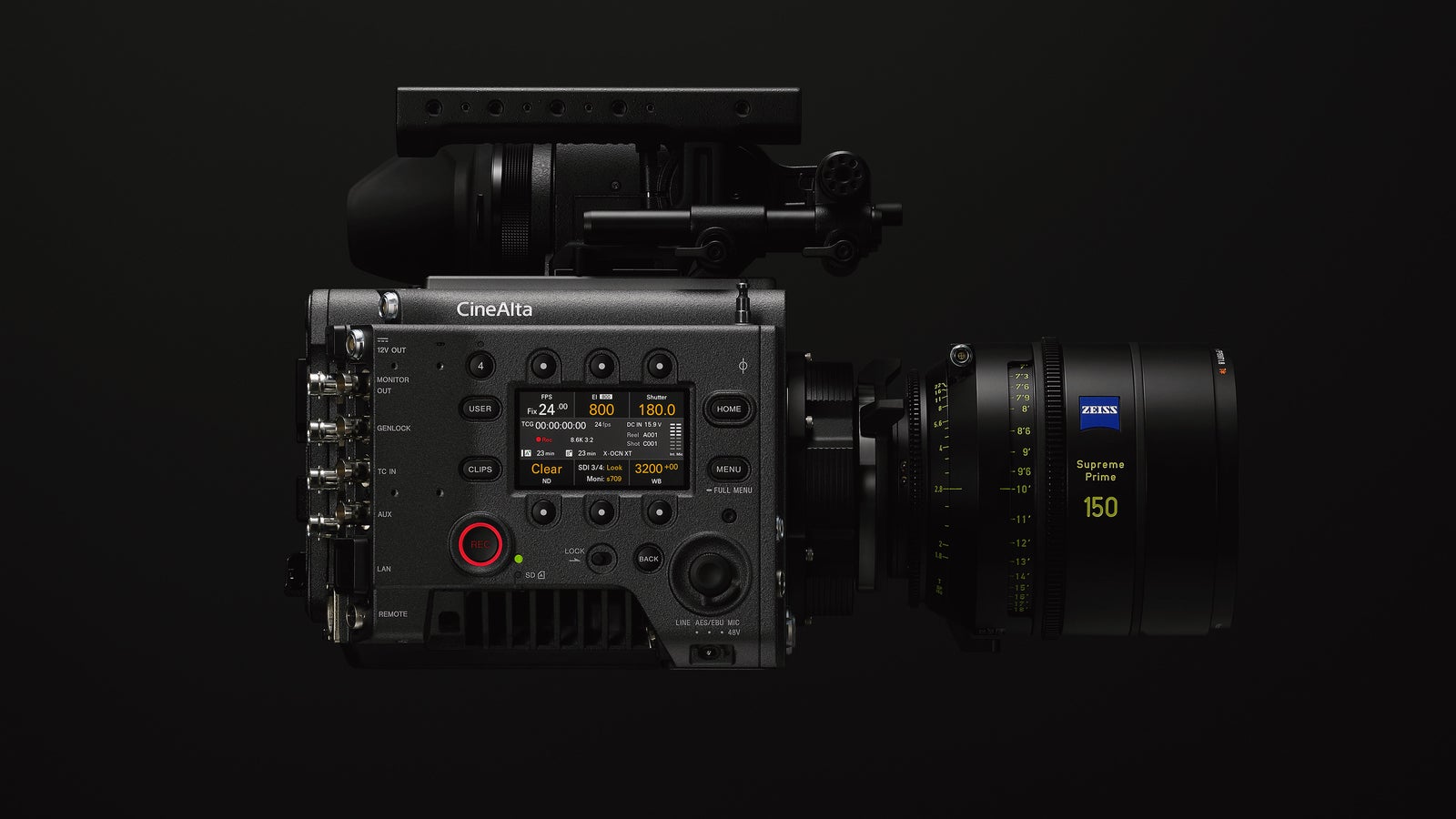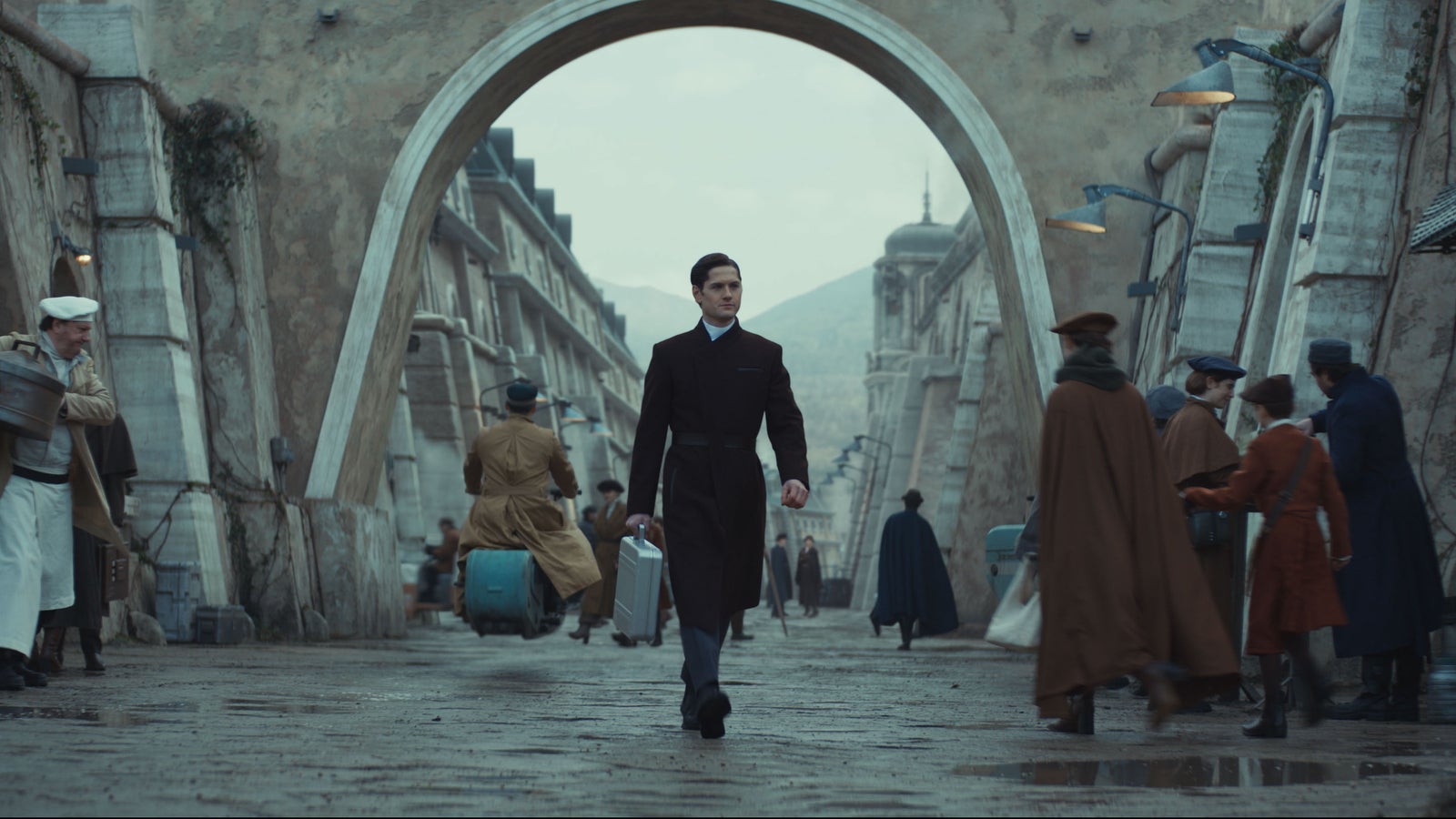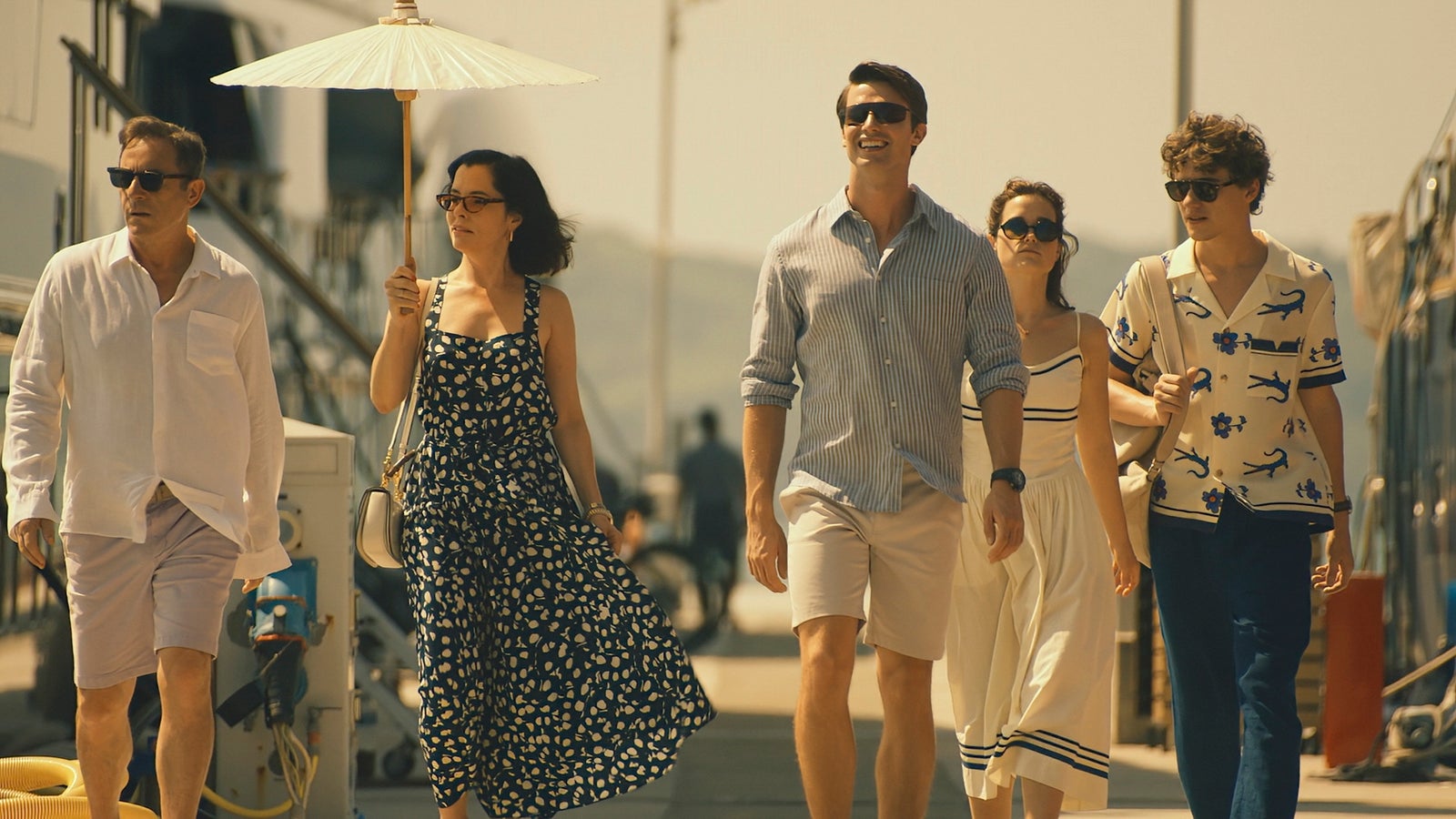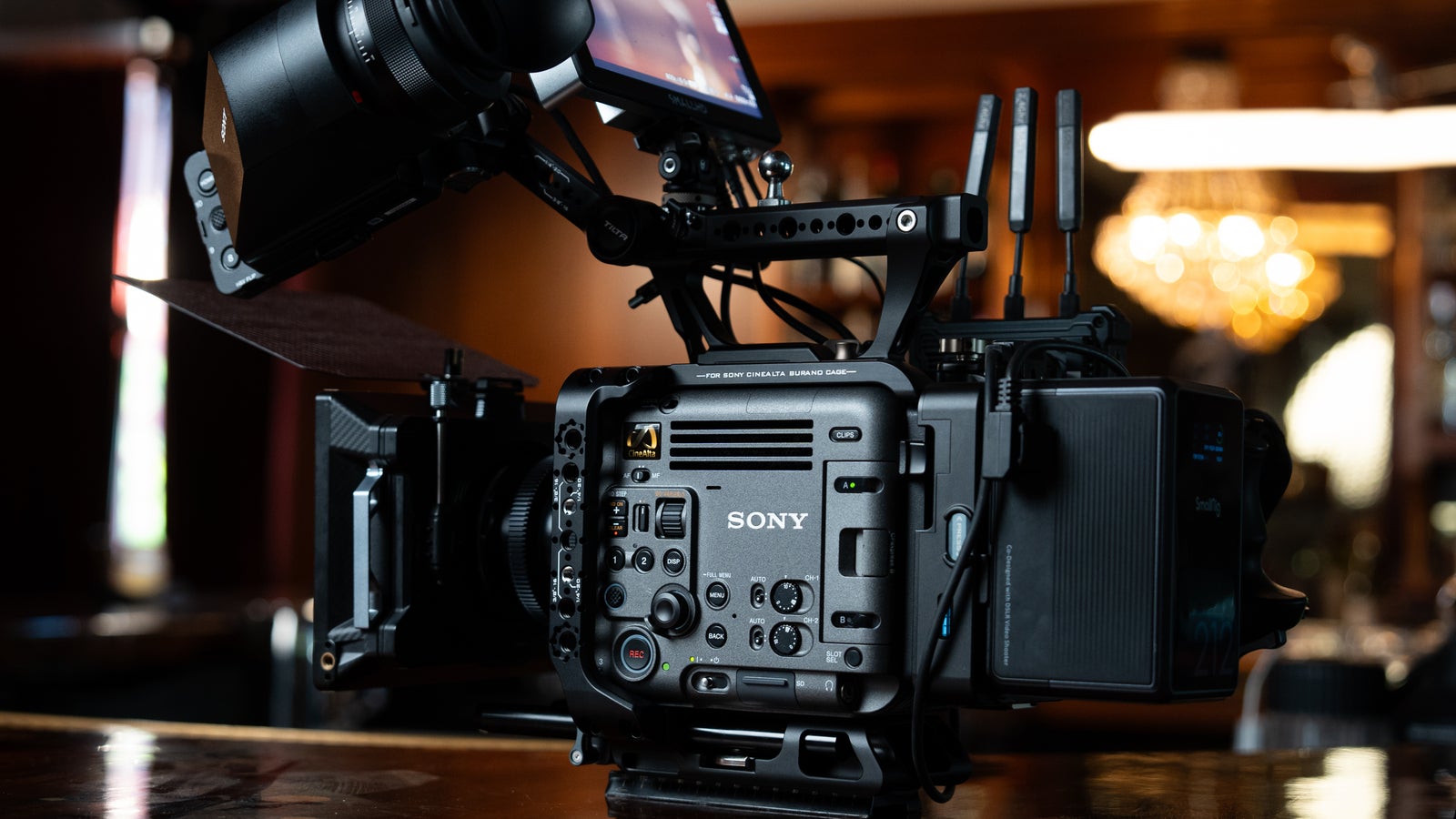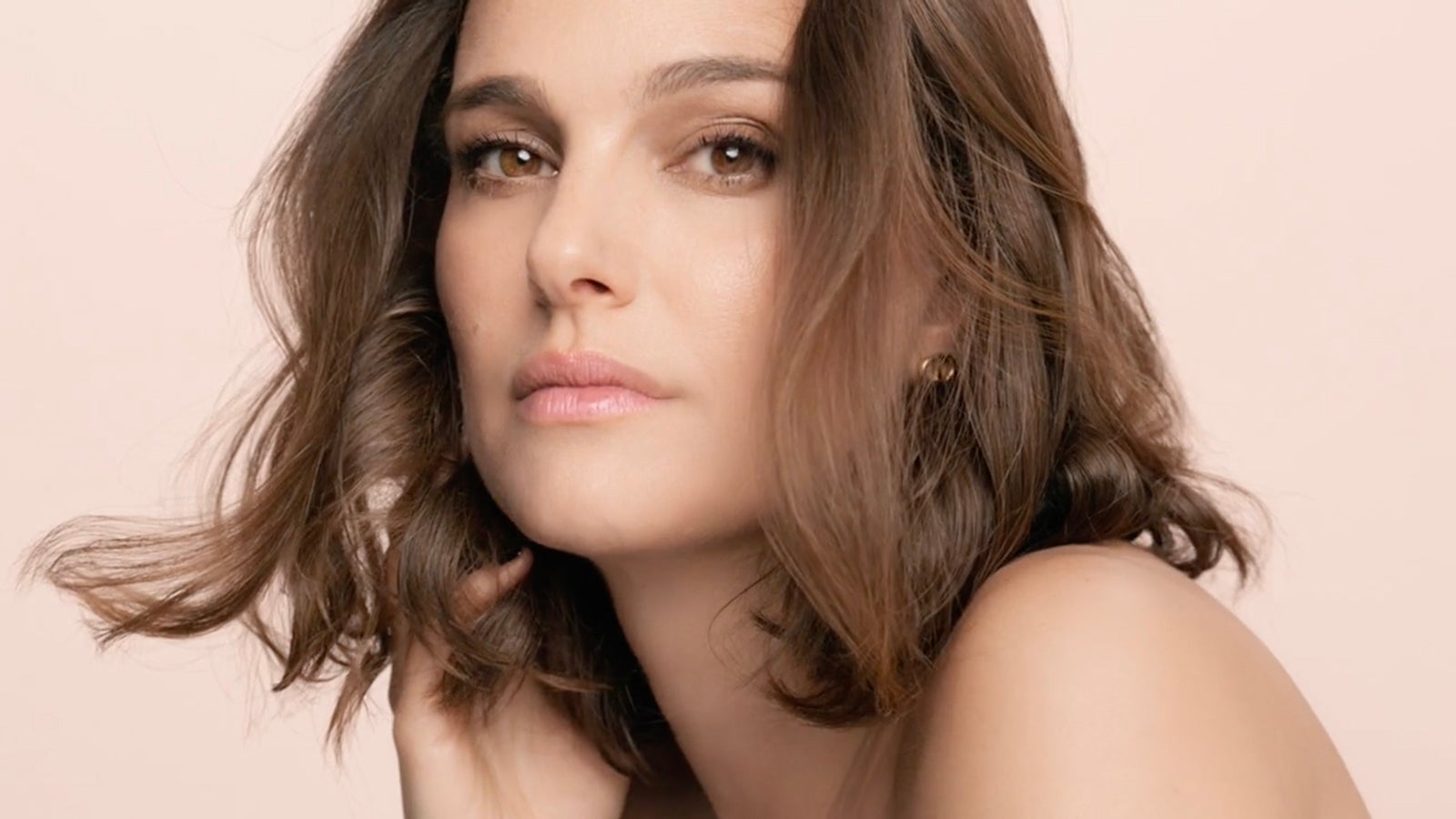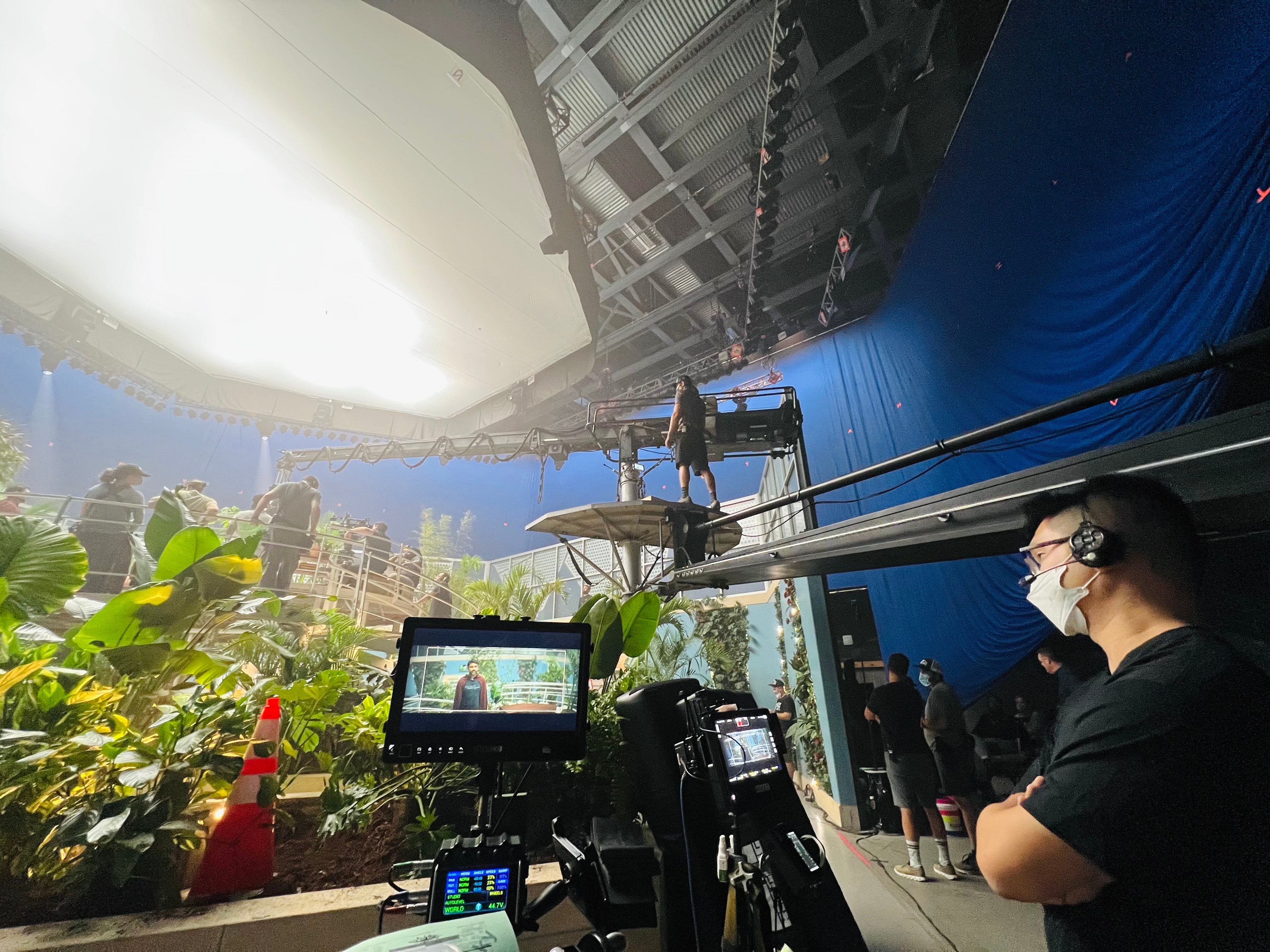
08-29-2025 - Filmmaker Interviews
DP Ante Cheng and Sony VENICE Blend Indie Arthouse with Marvel Action for the Disney+ Series Ironheart
By: Yaroslav Altunin
The Marvel Cinematic Universe (MCU) has touched multiple artistic mediums. From comics and the silver screen to video games and television, Marvel superhero stories have taken all shapes and sizes, mixing epic VFX with character-driven stories.
In Ironheart, the newest Disney+ installment in the MCU, we follow the exploits of Riri Williams, who crafts her own version of an Iron Man suit and gets tangled up with danger and adventure in her hometown of Chicago.
Director Samantha Bailey and DP Ante Cheng shot the first three episodes on the Sony VENICE, setting the visual language of the series. Inspired by the films they grew up on in the late 90s and early 2000s, the duo focused on capturing as much as they could in-camera.
Sony Cine sat down with Cheng to uncover the creative techniques that made Ironheart so visually striking, how he and Bailey evolved what a Marvel superhero can be, and how the Sony VENICE became a necessary tool for this project.
Filmmaker Interview: Cheng and Bailey Craft Ironheart from the Movies they Love
As a cinematographer, Cheng refined his craft shooting films that told human stories in intimate and dramatic ways. This led him to join cinematographer Florian Hoffmeister, asc, to capture the epic world of Pachinko before ultimately finding his way into the Marvel Cinematic Universe.
"Sam and I, we both came out of the indie world, and we had the same trajectory," Cheng said. "It was still step by step, from no budget indie films to slowly growing to the extent that we're able to tackle bigger and bigger projects."
"Right before Ironheart, I did Pachinko for Apple, which was also really grand in terms of scope and scale. It spans three decades and was filmed in two countries, also on the Sony VENICE," Cheng added. "So, I think that prepared me to take the next step, which is doing something on the Marvel scale."
Cheng and Bailey first started working together during the Film Independent Project Involve, a fellowship that helps filmmakers develop and produce their original short films. From here, they continued to develop their craft and working relationship. This collaborative partnership shone on the set of Ironheart, combining Cheng's stunning visuals and Bailey's unique perspective.
"I think it was great that Ironheart was almost like an origin story," Cheng said. "And it's set in Chicago, which is where Sam grew up. She was very familiar with the city and for us, it is about Riri and all these new characters and their stories. Where they're from and who they are. So, it's very grounded filmmaking."
Chen and Bailey wanted as much of the show as possible to feel tangible. While VFX would be a crucial part, the duo wanted to capture as much as they could in-camera.
"The production designer, Andrew Menzies, did an incredible job. We built sets in Atlanta and went on location in and around Chicago and dressed them as much as we could, "Cheng said. "So, I would say, in the 7 to 8 months of filming, I only had two days on bluescreen. The rest of it was all real, in-camera."
"That is the presumption I think people have with Marvel shows. But that wasn't the case with this one, which was very fulfilling as a DP."
I really like the feature set of the VENICE, starting with the full frame sensor, which is the exact height and width of the 135 film
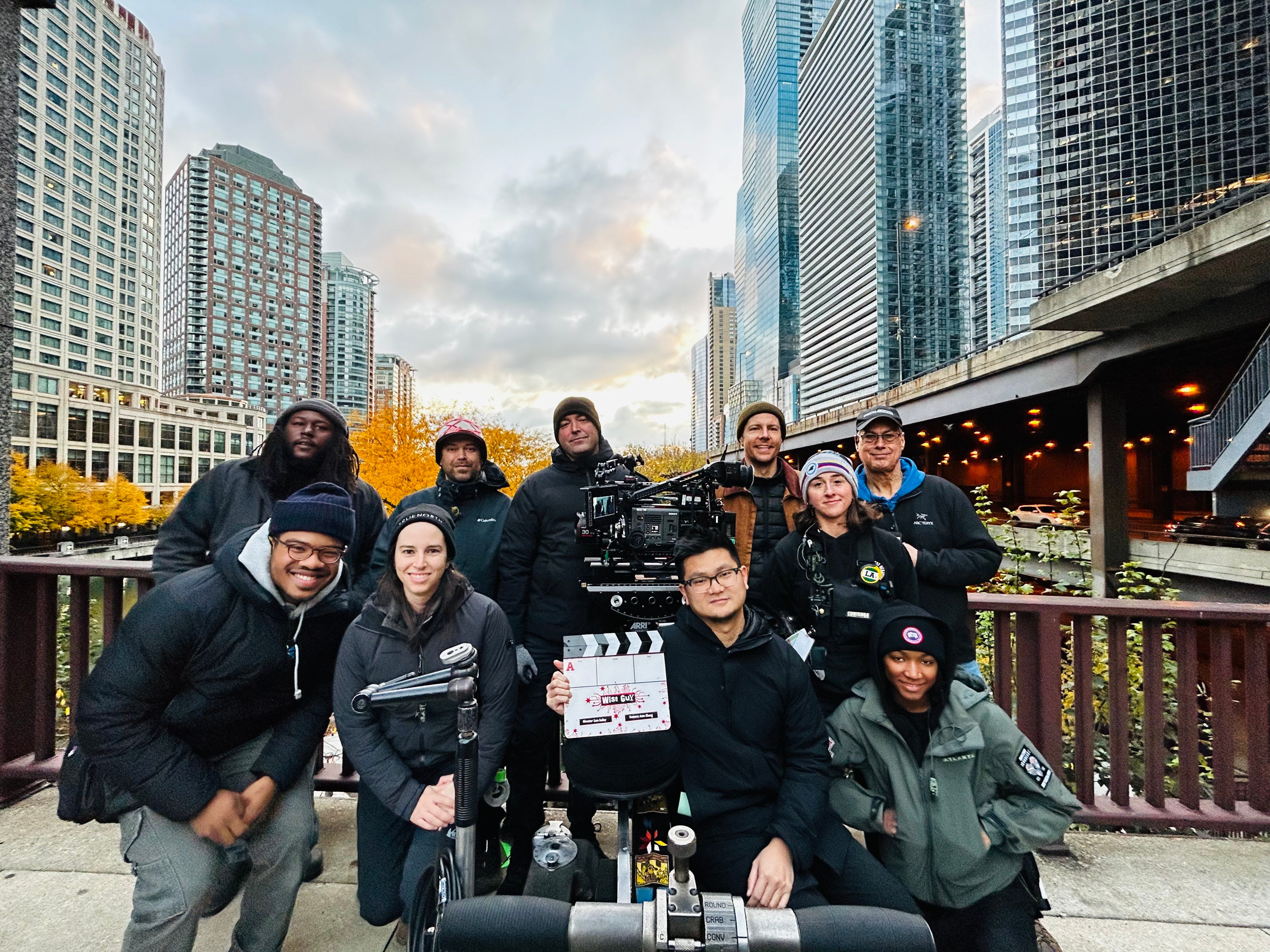
Filmmaker Interview: How Ante Cheng Used the Sony VENICE to Set the Look for Ironheart
For the show, Cheng used a total of four Sony VENICE cameras, pairing them with custom-built Panavision lenses. The cinematographer wanted to capture the wonderful characteristic of anamorphic glass and mix it with the unique lighting fixtures he found around Chicago.
"We customized two sets of T Series Anamorphic lenses to cover the VENICE sensor,” Cheng said. "They were able to go full frame, still do 2x anamorphic, and exaggerate more of the characteristics which we embraced."
"The built-in NDs [of the VENICE] also saved us so much time," Cheng added. "I disliked putting anything in front of the lens because we spent so much time and effort tuning and designing these lenses. Using the internal NDs is a very simple and efficient way to shoot."
With lenses that offer unique characteristics, Cheng turned to lighting, focusing on balancing dark skin tones with high contrast. The cinematographer embraced the sodium vapor streetlamps of the city and even shot with old school tungsten lighting to get the look he wanted.
"We also used plenty of old school big tungsten lighting units, Maxi Brutes, and asked the art department to age the windows and stained glass," Cheng said. "Then we just banged hard tungsten light into the windows."
"We kept that color contrast — those urban lighting tones — in the show, and it really played with the contrast in every scene."
Cheng even shot the flashback scenes on Super 16 film as a throwback to Tony Stark and the first few Iron Man films, where the film was cross-processed to showcase stylized colors and increased contrast.
"I really like the feature set of the VENICE, starting with the full frame sensor, which is the exact height and width of the 135 film," Cheng said. "For me, who also does a lot of personal photography, it translates well."
The familiarity of the frame and camera system gave Cheng and his team complete control over their image, allowing them to tackle low and mixed-lighting scenes by only changing the ISO.
"I enjoyed the dual ISO for the moments where we need to go on location and the ability to shift the Exposure Index around," Cheng said. "For example, for day scenes where we needed a bit more stop in the highlights, we can shoot on the base ISO image and then shift it upwards to gain a little more stops. For earlier in the day and night scenes, we can shift the higher base ISO downwards to again find a few more stops in the shadows."
"Now we know we are protected, and we can really go bold with our lighting. We wanted contrast, so we barely used any fill light. It’s just key lights at the right angle and the right position, and an eye light here or there."
With the VENICE providing accurate color and high sensitivity, lighting choices became more about shaping the light instead of having enough of it to capture the scene. For Cheng — a cinematographer who embraces unique visuals as a part of his creative foundation — having this control gave him opportunities to let characters and locations stand out in the story.
"We made sure to shape the light and have contrast both in lighting and in color," Cheng added. "And get as much depth as we can to see the sets and the city because Chicago is also a character."
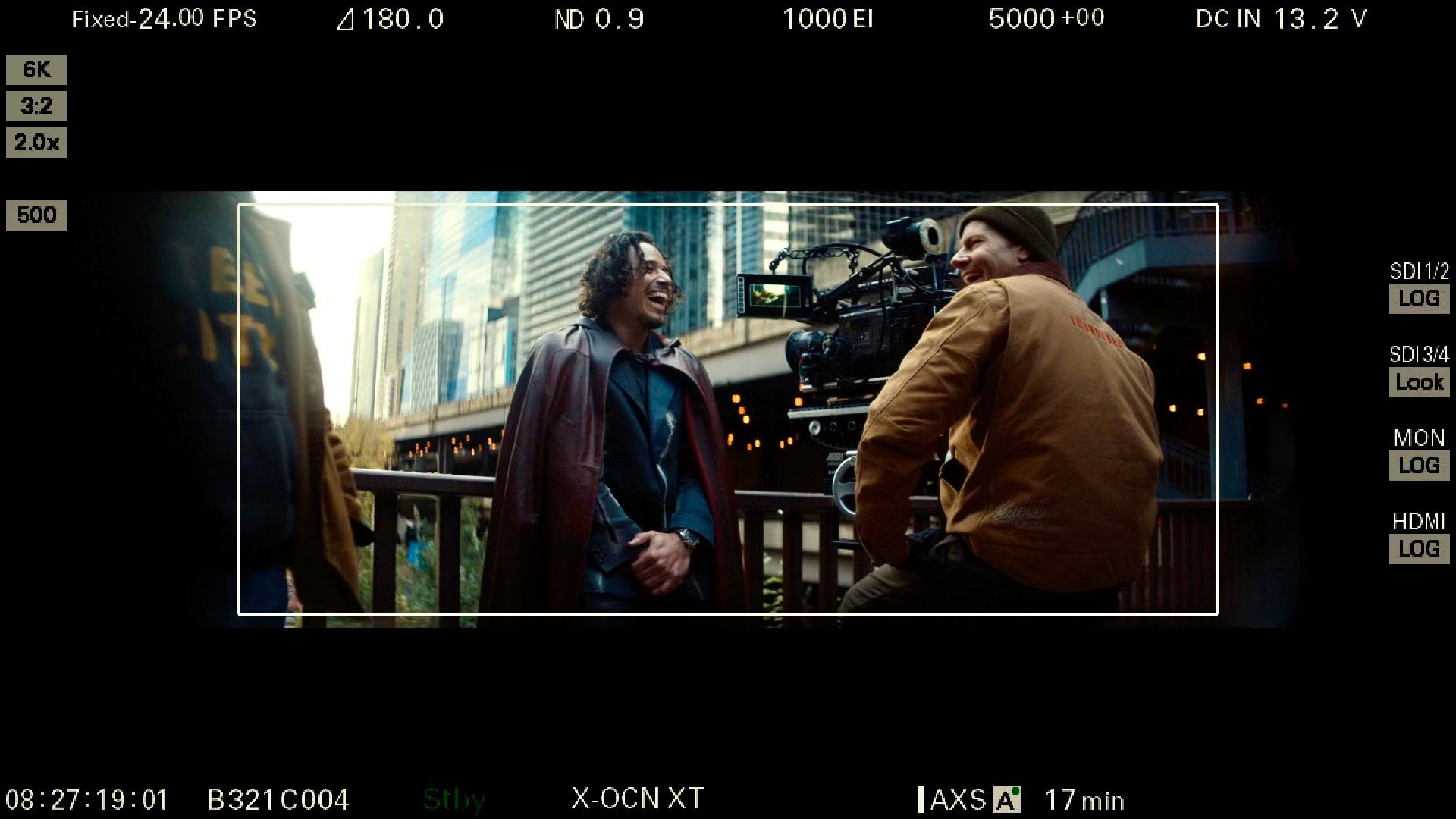
Filmmaker Interview: From Iron Man to Ironheart, New Characters and New Filmmakers
Ironheart is a series born out of Iron Man. From Tony Stark to Riri Williams, a new hero now wears the suit. This parallels Cheng's journey as well, who once watched the compositions of Matthew Libatique in the Jon Favreau-directed film that started the MCU.
"I remember watching the first Iron Man in 2008," Cheng said. "And I thought never in my wildest dreams would I be able to shoot something that's almost the spiritual successor."
As new heroes take the MCU into new directions, new filmmakers such as Cheng and Bailey take the reins to craft new visual languages and tell wonderful new stories.
To see Cheng's work, stream Ironheart now on Disney+. To learn more about the Sony Venice and the other cameras in the Sony Cinema Line, visit our camera comparison chart.
